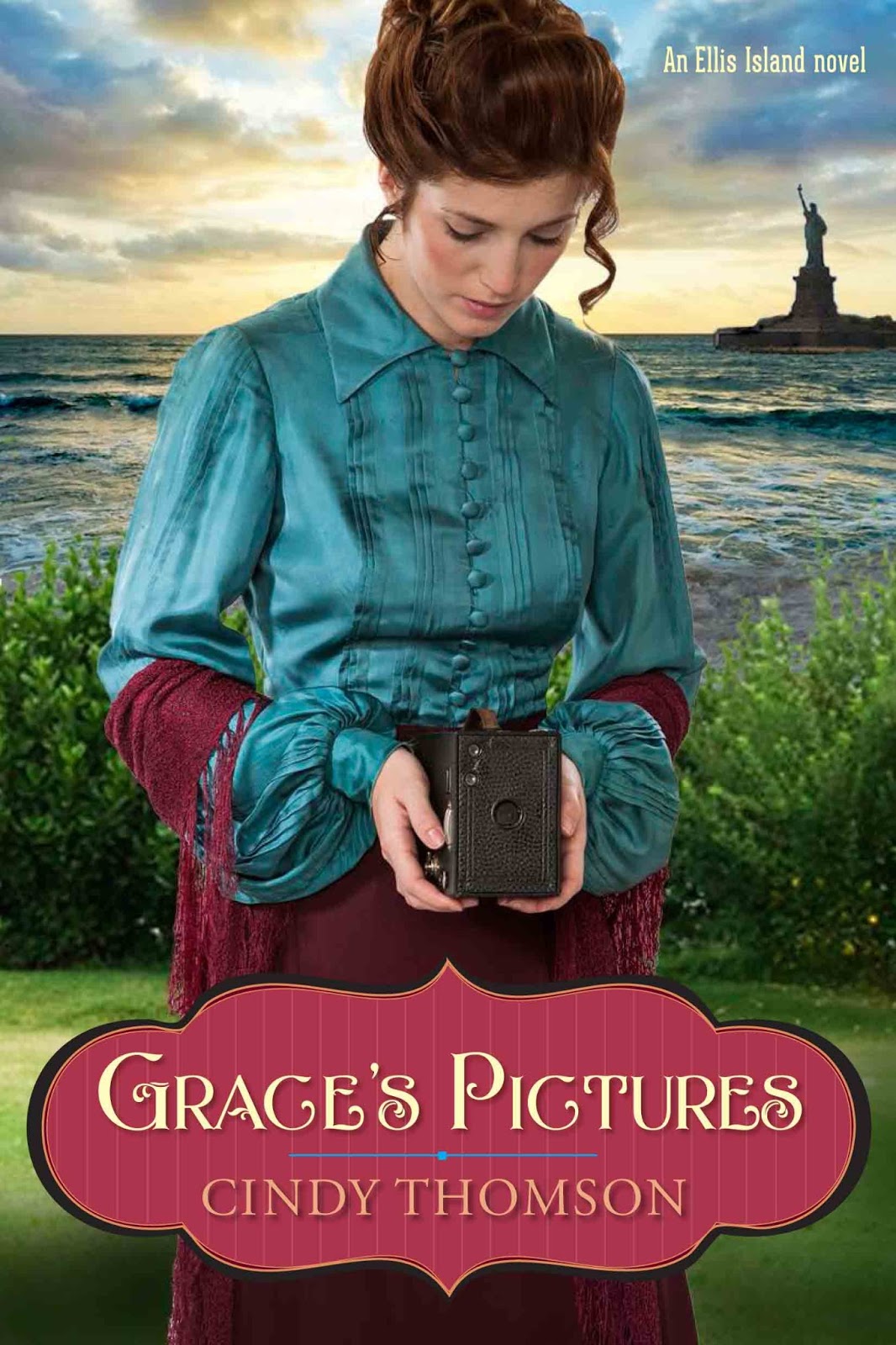And now, I'm presenting you the answers to those same questions from my author friend Tamera Kraft. Tamera and I first met at our Ohio ACFW meetings. We both love historical fiction and are history nuts.
Tamera will be giving away a paperback copy of her book Solider's Heart, U.S. entries only, please. (I loved this story, by the way!)
1. What am I currently working on?
I’m writing a novella set post WW1 in western Ohio. Vivian is left heartbroken and devastated when her fiancé dies in the Great War and her parents die of influenza, leaving her penniless. Henry, best friend of Vivian’s fiancé, returns from the war determined to rescue her from poverty and make her his wife. He promises her it will be a marriage of convenience until she is ready. After a year, Vivian has grown to love Henry, but doesn’t believe he cares for her. Henry has always loved Vivian but doesn’t know how to express it. When a tornado strikes havoc in their lives, they may lose each other before giving their love and marriage a chance.
2. How does my work differ from others of its genre?
I write Christian historical fiction. Although a lot of my novels and novellas have a strong element of romance, they always have a stronger element of adventure. History is full of intrigue, turmoil, and adventure, and that’s what I like to show in what I write.
3. Why do I write what I do?
History is where I get my ideas. I’ve thought of writing other types of novels since my tastes are eclectic, but I always find my stories when I’m researching historic events. I always wonder what it would have been like for people living through these times.
4. How does my writing process work?
Usually I get an idea by reading about an event in history. After researching the event, I get to know the characters in my stories. Then I do some planning, but I don’t do the typical outline. I use the Lindy Hop plot points created by Susan May Warren’s My Book Therapy and insert the main points that need to happen throughout the novel. Then I stew about it for a few weeks until it germinates. After that, I sit down and write the thing. I usually create a playlist of instrumental music that goes with the feeling of the story and play the music while I’m writing. If I get stuck, I’ll go back and edit what I’ve done. Usually I find what is missing or what isn’t working while I do the editing. It will get me back on track.
Visit Tamera online: http://tameralynnkraft.net, Amazon: http://www.amazon.com/Tamera-Lynn-Kraft/e/B00H9EW5XU/ref=dp_byline_cont_book_1









